What does 'BATTERY LOW' mean on my GE Monitor and how to fix it?
- MMonica HamiltonAug 19, 2025
If your GE Monitor displays 'BATTERY LOW', plug the monitor in to recharge it.
What does 'BATTERY LOW' mean on my GE Monitor and how to fix it?
If your GE Monitor displays 'BATTERY LOW', plug the monitor in to recharge it.
What does error E13 mean on my GE Monitor?
Error code E13 on your GE Monitor indicates a few potential issues: the battery needs charging, the external DC source has failed, or the battery needs to be replaced.
What does error E00 mean on my GE Monitor?
Error E00 on the GE Monitor usually appears after changing the batteries. User settings, date and time revert to their default settings.
What does error E10 mean on my GE Monitor?
Error E10 on your GE Monitor indicates either that there is no paper in the printer or there is a printer problem.
What does error E11 mean on my GE Monitor?
Error E11 on your GE Monitor means there is a printer problem.
What does error 976 mean on my GE Monitor?
Error 976 on your GE Monitor indicates an issue with the external power brick.
What does error 950 mean on my GE Monitor?
Error 950 on your GE Monitor indicates a pneumatic assembly failure.
What does error 951 mean on my GE Monitor?
Error 951 on your GE Monitor indicates a pneumatic assembly failure.
What does error 952 mean on my GE Monitor?
Error 952 on your GE Monitor indicates a pneumatic assembly failure.
What does error 930 mean on my GE Monitor?
Error 930 on your GE Monitor means to verify the SpO2 configuration is the correct type. It also means that the parameter is turned on, but no hardware is installed in the unit.
Details dangers, warnings, cautions, notes, and general safety guidelines for the monitor.
Explains the theory of operation for SpO2, NIBP, and Temperature parameters.
Covers power sources, main battery charging, and battery status indicators.
Explains operating modes and how to configure monitor settings and defaults.
Recommends a schedule for visual inspection, testing, and cleaning.
Outlines procedures for testing NIBP, Temperature, and SpO2 parameters.
Details calibration and test procedures for various monitor functions.
Covers electrical safety tests, including leakage current tests.
Explains system failures, alarm conditions, error codes, and how to view the error log.
Details dangers, warnings, cautions, notes, and general safety guidelines for the monitor.
Explains the theory of operation for SpO2, NIBP, and Temperature parameters.
Covers power sources, main battery charging, and battery status indicators.
Explains operating modes and how to configure monitor settings and defaults.
Recommends a schedule for visual inspection, testing, and cleaning.
Outlines procedures for testing NIBP, Temperature, and SpO2 parameters.
Details calibration and test procedures for various monitor functions.
Covers electrical safety tests, including leakage current tests.
Explains system failures, alarm conditions, error codes, and how to view the error log.
| Device Type | Vital Signs Monitor |
|---|---|
| NIBP Technology | oscillometric |
| Battery Type | Rechargeable Lithium-Ion |
| Battery Life | Up to 11 hours |
| Manufacturer | GE Healthcare |
| Model | CareScape V100 |
| Display | LCD |
| Parameters Measured | Non-invasive Blood Pressure, SpO2, Temperature |
| SpO2 Technology | Nellcor |
| Weight | 2.4 kg (5.3 lbs) |
| Connectivity | USB |
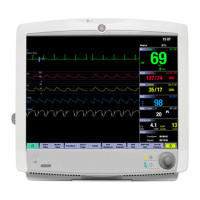

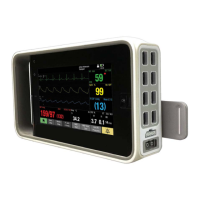
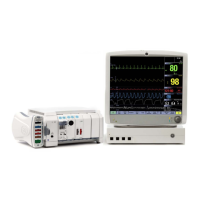




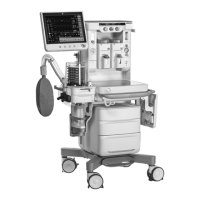

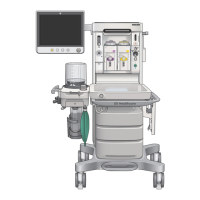
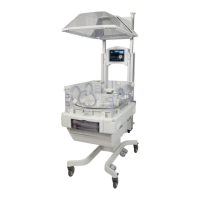
